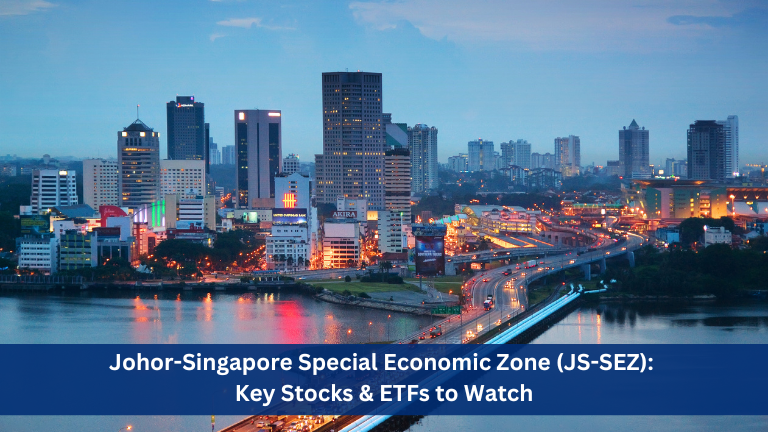
NZDUSD slid to a nine-month low after the release of FOMC minutes on Wednesday, 18 August 2021. Minutes from the July meeting extended losses from the RBNZ’s decision to keep Official Cash Rate (OCR) unchanged. Snap COVID-19 lockdowns in New Zealand also weighed on the pair.
Despite unchanged OCR by RBNZ, market remains hopeful
New Zealand’s Producer Price Index (PPI) input rose 3% in the second quarter which surpassed the market expectation of just 0.5%. The rapid rise in the PPI signals escalating price pressure in the country which had shifted market consensus towards a hawkish monetary policy. In Wednesday’s announcement, the Reserve Bank of New Zealand (RBNZ) maintained the OCR at 0.25%, lower than the market expectation of 0.50%, mainly due to COVID-19 concerns in the country.
The release of the neutral RBNZ interest rate decision saw a steep decline in the NZDUSD. However, losses from the announcement was rapidly recovered when RBNZ Governor Adrian Orr mentioned that they will be “keeping rates at 0.25% ‘for now’” at a press conference, leaving the door open for a possible rate hike in the near future.
Overall, the market is expecting a rate hike this year as they believe the surge of COVID-19 cases is just a temporary hiccup and would not sway the central bank from its tightening path.
Coronavirus woes
First local COVID-19 infection in New Zealand in six months sent the nation into a 3-day lockdown. At the time of writing, there has been a total of 7 confirmed cases which are linked to the original delta variant infection. Models predict that case numbers in the country could rise to between 50 and 100 cases. Markets will pay close attention to the covid-19 development in New Zealand as it will be an important driver for its currency.
Hawkish Fed
The US dollar gained strength against the Kiwi after minutes from the July FOMC meeting showed that the Fed is in discussion to start tapering the bond purchase program before 2022. Fed officials widely concluded that they had achieved their inflation goal while still needing improvements on maximum employment to reach the Fed’s standard of “substantial further progress”.
Technical Analysis
NZDUSD has broken down from a descending triangle formation. Relative Strength Index (RSI) paints a bearish picture after being rejected from neutrality area at 50. We hold a bearish bias view on the pair and we would set our price target to resistance-turned-support level around 0.67831. If the price breaks through this support, 0.6718 will serve as the next support level. In the alternative scenario where the pair rebounds on fresh impulses, the pair will be met with resistance at 0.6946.
Key events to watch in the coming week:
Monday, 23 August
USD – Chicago Fed National Activity Index (Jul), Markit Manufacturing PMI, Markit Services PMI, Markit PMI Composite (Aug)
Tuesday, 24 August
- NZD – Retail Sales (Q2)
- USD – New Home Sales (MoM) (Jul)
Wednesday, 25 August
- NZD – Trade Balance (YoY)(Jul), Exports (Jul), Imports (Jul)
- USD – Durable Goods Orders (Jul), Nondefense Capital Goods Orders ex Aircraft (Jul)
Thursday, 26 August
USD – Gross Domestic Product Annualized (Q2)
Friday, 27 August
USD – Michigan Consumer Sentiment Index (Aug)
Trade Forex on Phillip MetaTrader 5 (MT5).
Trade Forex at zero commission on Phillip MetaTrader 5, a dynamic platform that offers low spreads. Integrated with Acuity’s Signal Centre and Trading Central Indicators, and available on mobile and desktop app, you will never miss a trading opportunity with Phillip MT5.
Download Trading Central’s Market Buzz for updates on more topics.
What’s more? Phillip MT5 is now supported on Mac OS! To install, simply download the file below and complete a simple installation process.






